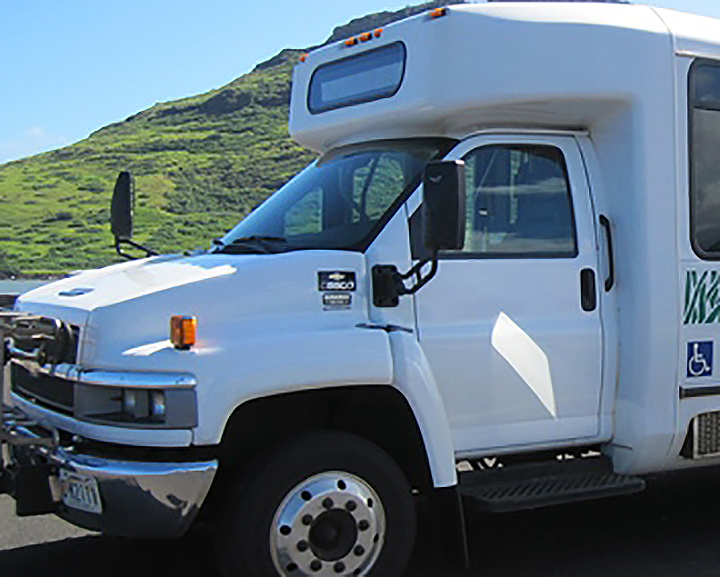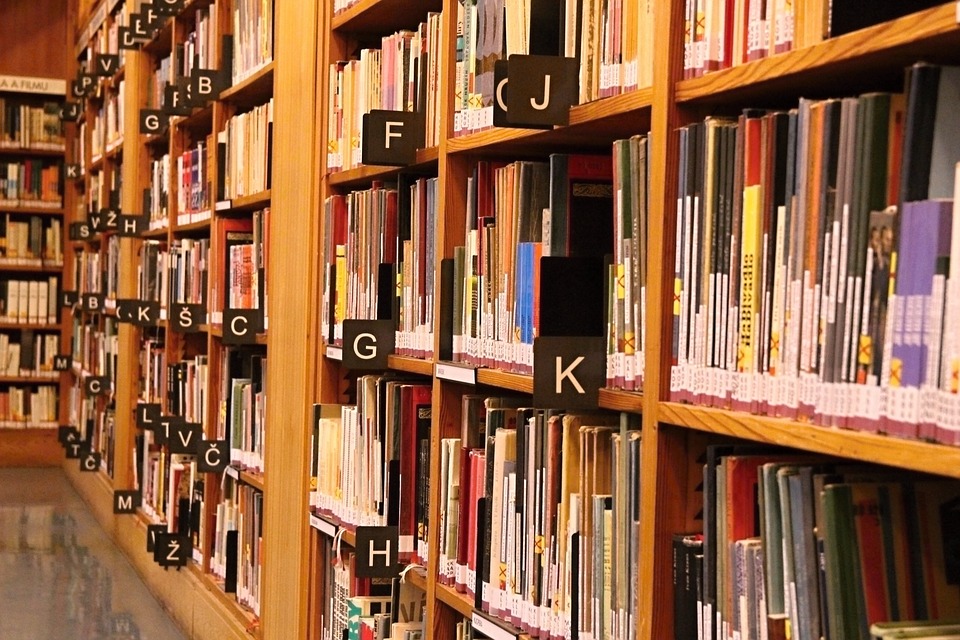In its ongoing effort to protect endangered seabirds, Kauaʻi Island Utility Cooperative (KIUC) is experimenting with highly concentrated beams of light from lasers attached to transmission poles in ʻEleʻele.
The work, which began on Monday night, uses 30 lasers to create a “light fence” that researchers hope will be visible to the birds and will help them avoid collisions with poles and lines. Nighttime collisions are among the causes of death and injury to seabirds.
The research is being conducted in cooperation with the U.S. Fish and Wildlife Service and the Hawaiʻi Division of Forestry and Wildlife.
The lasers, developed by Oceanit of Honolulu, are being installed by KIUC personnel on six spans adjacent to the Kauaʻi Coffee fields. The lights are visible from Kaumualiʻi Highway (Hwy. 50) and from higher elevations in Kalāheo.
They are similar to laser pointers and use a narrowly focused green beam of light that are not hazardous to the eyes. Because the beams are parallel to the ground and because the installation is not in designated air space, the lasers do not pose a hazard to aircraft.
Carey Koide, KIUC’s transmission and distribution manager, who also oversees its wildlife conservation efforts, said researchers will experiment with different light colors and will also turn the lights off to determine if the changes affect the number of bird strikes.
“As far as we know, this is the first time anywhere that lasers have been used to create a ‘fence’ for the birds,” Koide said. “The purpose of this research is to learn more about the birds and their patterns of activity so we can come up with ways to minimize potential hazards and do it in a cost-effective way.”
If the experiment is successful, a similar system may be deployed on transmission poles along the Powerline Trail between Wailuā and the North Shore, where bird collisions are more frequent. The light fence may provide a less expensive alternative to lowering or burying lines.
Threatened native species including the Newell’s Shearwater and the Hawaiian Petrel are especially vulnerable to death or injury from collisions with utility equipment because they fly in and out to sea at night and in the early morning and are at greatest risk during a new moon phase when the skies are darkest.
KIUC, in partnership with government agencies and conservation organizations, is the primary funding source for research into wildlife habitat protection on Kauaʻi. KIUC spends nearly $2 million a year to protect endangered wildlife, including research, power line and lighting reconfiguration, habitat restoration and predator control and injured bird rehabilitation.

Discover more from ForKauaiOnline
Subscribe to get the latest posts sent to your email.





Leave a Reply